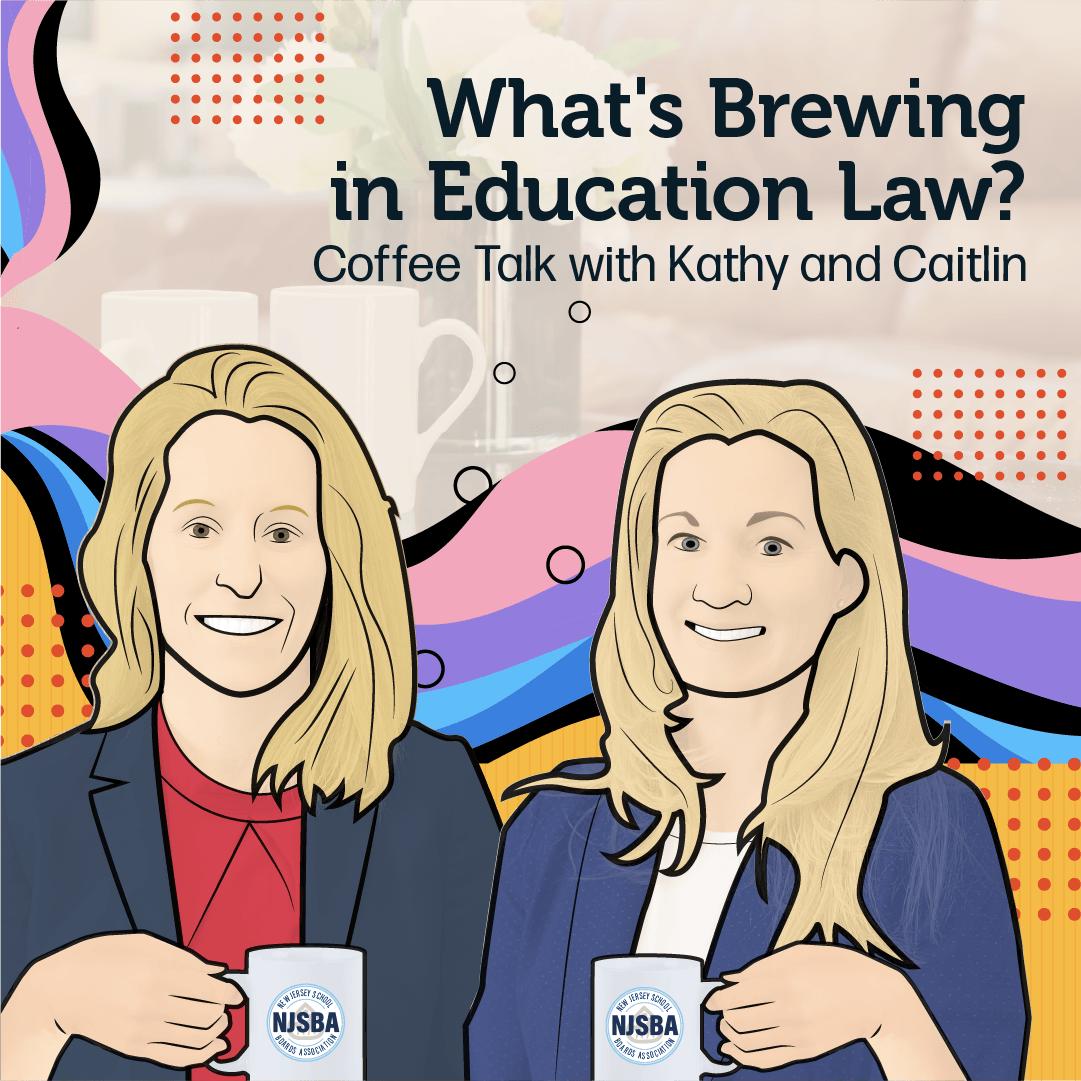Just weeks after the Hamilton Township Board of Education approved its five-year plan to move its 11,600 students toward a one-to-one technology device ratio by 2025, the pandemic hit.
The Mercer County board swiftly moved to execute a plan that was initially supposed to take years, but instead was accomplished in a matter of months.
At that point, students, teachers and staff did not have district-issued devices at home, so officials mobilized the district’s information technology department to secure and distribute some 12,000 laptops to students and staff who needed them. Hamilton did so, in part, with a $1.5 million grant to close the digital divide under the federal Coronavirus Aid, Relief, and Economic Security Act.
The district then applied to T-Mobile’s Project 10Million grant program to ensure that every student had access to the internet with hot spots in their homes.
“We realized you can have the device in hand, but if you don’t have Wi-Fi, the device is relatively useless,” said Dr. Scott R. Rocco, Hamilton Township superintendent. “Our technology department has been absolutely incredible during this time.”
IT department employees prepared the devices, accounted for them and set up a multi-language help desk in English, Spanish and French Creole to serve their diverse student population.
“Out of bad, has to come good. And this was bad. There’s no softening that statement. This was difficult, and it is still difficult for families, for students, for everybody in education — and we’re coming out of this, but we’ve learned a lot of lessons,” Rocco said.
The district also served its larger community in numerous ways, including:
- Serving nearly 312,000 meals to families in need via drive-through distribution lines set up at eight elementary schools and run by the district’s food service vendor and volunteers.
- Delivering professional development to teachers via apps used for remote and hybrid learning.
- Ensuring its facility staff used new school cleaning protocols.
- Supplying masks for students who could not afford them.
- Adding funding for mental health services to help students struggling with social-emotional issues.
- Offering free drive-through COVID-19 testing in conjunction with its teachers union.
- Training district nurses to conduct COVID-19 contact tracing.
- Providing COVID-19 vaccine clinics, giving more than 2,300 shots to those ages 12-18.
- Gearing up for the next round of approved vaccines for children ages 5 to 11.
“We were successful because of the work of everybody from those who worked in our district, to our community members, to the elected officials in our town,” Rocco said. “We all worked for the common good by doing what was right by our kids.”
The district was honored with a 2021 School Leader Exemplary Program Award. The awards showcased programs that districts used to meet the challenges of the COVID-19 school closures last year.
“As school districts across our country experienced challenges associated with the pandemic, it was clear that leadership was critical to addressing the needs of our community,” said Susan Lombardo, Hamilton’s school board president. “Programs were quickly put in place to serve all areas of need. From remote learning, device distribution, pop-up schoolhouse events and translation services — our district provided our community with the tools needed to succeed during the pandemic … This award clearly shows the hard work, dedication and commitment of everyone who works in HTSD to our school community.”
Multiple Communication Tactics Hamilton created 10 Bitmoji informational videos highlighting what the reopening of schools might look like when students return. The creative Google slides mixed animated figures with official information, and all told, garnered 25,000 YouTube views.
During remote learning, Rocco would issue a community and staff newsletter update almost every other day. The district also has created a COVID-19 Dashboard on its website, in addition to communicating with the families directly impacted by positive cases.
Hamilton also used robocalls, infographics, local press notices and announcements on social media — including Twitter, Instagram and Facebook — to disseminate important updates, and many of those strategies continue today.
“We’re on the way to recovery, but it is not as fast as people want. It’s not as fast as people hoped. And, we all want to be closer to what it was like prior to the pandemic, but we still have a little way to go,” Rocco said. “We are in a better place. Our children are back in school, our staff is back in school — adjusting to post-pandemic norms.”
Rosa Cirianni is a School Leader contributing editor.


